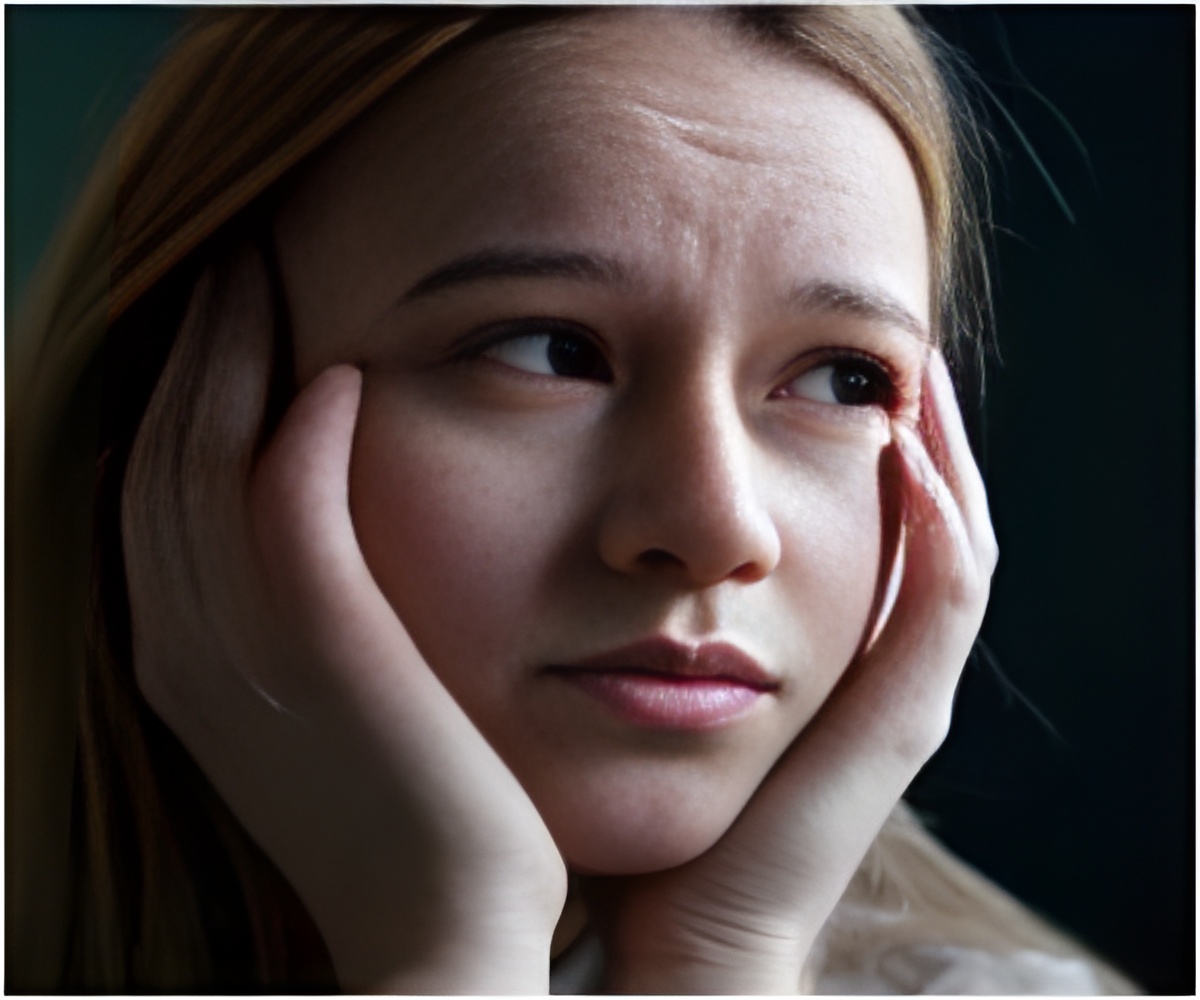
The research team looked at the 686,000 foster-care children enrolled in Medicaid annually in 48 states from 2002-2007, and saw that both overall psychoactive use and polypharmacy-- the practice of prescribing multiple classes of psychoactive drugs at once-- increased from 2002 to 2004, and then began to decline from 2005 to 2007. Prescriptions for antipsychotics, on the other hand, increased each year from 2002 to 2007.
"While it is encouraging to see fewer kids being prescribed multiple classes of drugs, and--to some degree--a slowing rate of growth in the use of antipsychotics by 2007, these medications are still being prescribed much too frequently to children in the foster care system," said David Rubin,MD, MSCE, one of the study's authors and Director of PolicyLab.
Previous studies have established that children in foster care experience trauma and behavioral problems at higher rates than other children, and therefore use mental health services-- including psychoactive medications-- more frequently. Recent research demonstrating serious side effects of these medications in children has focused attention on their use and prompted policy evaluation at both the federal and state level, particularly among high-risk populations like children in foster care.
"We're not saying these medications should never be used for children, but the high rate at which they're used by children in foster care indicates that other interventions and supports, such as trauma-based counseling, may not be in place for them. In other words, health care providers may not have other, non-medication, tools to offer families dealing with mental health concerns," said Rubin. "Responding to high and growing levels of antipsychotic use will not simply require efforts to restrict their use, but calls for larger investments in mental health programs that help these children cope with trauma psychologically."
Prescription rates for both antipsychotic use and polypharmacy varied widely from state to state. Over the six-year period, antipsychotic use increased in all but three states. Conversely, 18 states showed an increase in polypharmacy, while 19 states showed decline and 11 no change. In 2007, states reported prescriptions of antipsychotics ranging from 2.8 percent to 21.7 percent of the foster care population, and from 0.5 percent to 13.6 percent for children receiving multiple classes of psychoactive drugs. The authors note, however, that it's not possible to use this study to compare states against one another.
Advertisement
Bryan Samuels, Commissioner of the Administration on Children, Youth and Families (ACYF), said "the study's findings contribute to ongoing Federal efforts to improve the oversight and monitoring of psychoactive medications by providing a new snapshot in time on how these drugs were used in almost every state in the nation." ACYF, part of the U.S. Department of Health and Human Services, works across federal agencies and with the States to use the latest data and research to design and deliver the best health care services for vulnerable children.
Advertisement
Source-Eurekalert










